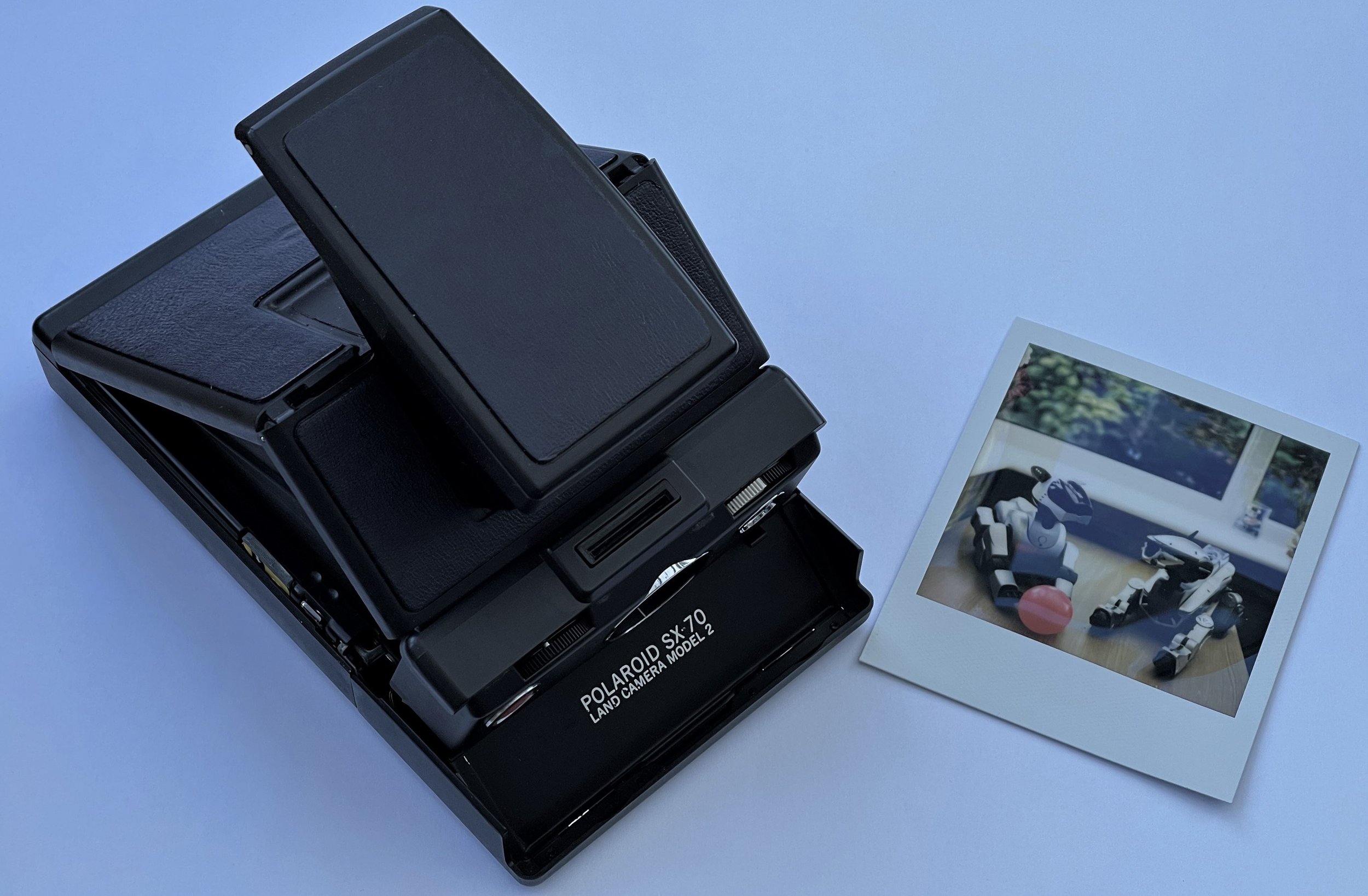Fun at Tech Week Humber
/Well, that was fun. Brian and I have just spent a day at the Tech Week Humber Expo. We got into place nice and early, made sure that everything worked and we knew where to get the coffee from and then settled down for the day. It was great. Lots of people asking what were doing and seeming to like it when we told them. And plenty of solid contacts to follow up after the event.
This is our Connected Little Boxes demo, showing how you can configure them to keep in touch with loved ones. We don’t want to sell these as a healthcare solution, but we think it might be fun if you got together with your kids to build one for grandad…..
Thanks to the folks at the Bonus Arena for looking after us so well (especially the packed lunches), Lucy Clark for keeping everything bowling along and finally to Hull City Council (particularly Richard) for organising things for us, getting all our mains adapters (there were a few) PAT tested so we could power up our toys and then getting our amazing stand made.
I love to see all the local expertise being showcased. It’s great to meet up with people that used to come along to my programming lectures back in the day and now find themselves running thriving companies.



























